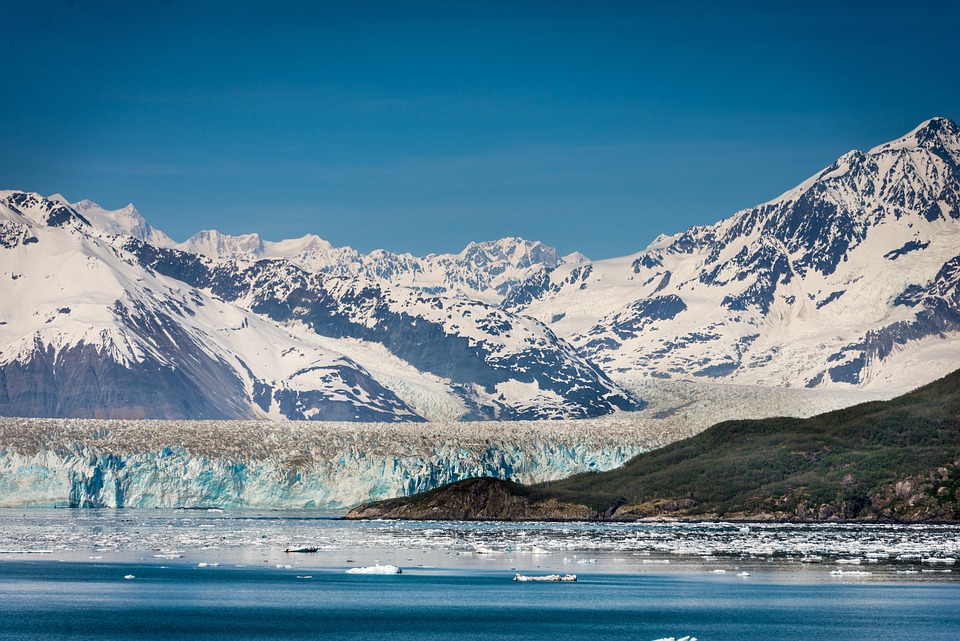How Does Water Scarcity Define the Climate of North Africa?
North Africa, primarily characterized by the vast Sahara Desert, faces significant challenges due to water scarcity. This scarcity is a defining feature of the region’s climate, influencing daily life, agriculture, and ecosystems.
1. Overview of North Africa’s Climate
North Africa exhibits a predominantly arid climate, with extreme temperatures and minimal rainfall. The region can be divided into several major climate zones:
– Hyper-arid desert: Dominated by the Sahara, experiencing extremely low precipitation.
– Semi-arid steppe: Found in transitional areas where rainfall is slightly more abundant but still limited.
– Mediterranean: Along the northern coast, characterized by mild, wet winters and hot, dry summers.
The overall climate is marked by hot days and cool nights, with annual rainfall averaging less than 100 mm in desert regions and slightly higher in Mediterranean areas[2][4].
2. Causes of Water Scarcity in North Africa
#
A. Low Annual Rainfall
Water scarcity in North Africa is largely due to low and unpredictable rainfall patterns. The desert regions receive less than 100 mm of rain annually, while coastal areas may see up to 300 mm[2][4]. This variability results in insufficient water supply for both natural ecosystems and human needs.
#
B. High Evaporation Rates
The region’s high temperatures lead to rapid evaporation rates, which exacerbate water scarcity. Even when rainfall occurs, much of it is lost to evaporation before it can replenish surface water bodies[2][3].
#
C. Limited Freshwater Sources
North Africa has few major rivers; the Nile is the most significant freshwater source. Many countries rely heavily on underground aquifers that are often non-renewable and increasingly depleted due to over-extraction[2][3].
3. Impacts of Water Scarcity on North Africa’s Climate
#
A. Reinforcement of the Desert Climate
Water scarcity limits vegetation growth, resulting in sparse plant cover that reinforces arid conditions and contributes to desertification. This lack of vegetation impacts temperature regulation, leading to extreme daily temperature fluctuations[2][4].
#
B. Desertification and Soil Degradation
Desertification is a direct consequence of scarce water resources, leading to soil degradation and reduced agricultural productivity. As land becomes less usable for farming, local communities face increased challenges in securing food and livelihoods[2][3].
#
C. Influence on Local Weather Patterns
The dry conditions and sparse vegetation reduce humidity levels and precipitation likelihood, creating a self-reinforcing cycle of aridity that further defines the region’s climate[2][5].
4. Human Adaptations to Water Scarcity
#
A. Water Conservation Practices
Traditional practices such as underground cisterns and modern technologies like desalination plants are critical for managing scarce water resources. Efficient allocation strategies are essential for sustaining agricultural productivity[2][5].
#
B. Agricultural Adaptations
Farmers are increasingly adopting drought-resistant crops and ancient techniques such as terracing to maximize limited water resources. Irrigated agriculture remains concentrated near the Nile due to its relative abundance of water[2][4].
#
C. Migration and Urban Concentration
Settlement patterns often cluster around available water sources like the Nile Valley, leading to urban concentration as people migrate from rural areas seeking better access to water resources[2][3].
5. Climate Change and Future Water Scarcity in North Africa
Climate change is expected to exacerbate existing water scarcity issues through rising temperatures and altered rainfall patterns. This will have significant implications for agriculture, food security, and potential population displacement as resources become scarcer[1][5].
FAQs
– What causes water scarcity in North Africa?
Low annual rainfall, high evaporation rates, and limited freshwater sources contribute significantly to water scarcity.
– How does the Sahara Desert affect North Africa’s climate?
The Sahara’s vast expanse reinforces arid conditions through low vegetation cover and minimal precipitation.
– Are there any freshwater sources in North Africa?
The Nile River is the primary freshwater source; however, reliance on underground aquifers is also common.
– How is climate change impacting water scarcity in North Africa?
Climate change leads to increased temperatures and altered rainfall patterns, worsening existing water scarcity issues.
– What adaptations help people in North Africa manage water scarcity?
Adaptations include traditional water conservation practices, drought-resistant crops, and migration towards urban centers near water sources.
Conclusion
Water scarcity fundamentally shapes the climate of North Africa by reinforcing arid conditions that impact ecosystems and human activities alike. As climate change continues to threaten already limited resources, effective conservation strategies and adaptive measures will be crucial for resilience in this challenging environment.

Kyle Whyte is a notable scholar and professor at the University of Michigan, holding positions such as the George Willis Pack Professor in the School for Environment and Sustainability and Professor of Philosophy. Specializing in environmental justice, his work critically examines climate policy and Indigenous peoples’ ethics, emphasizing the nexus between cooperative scientific endeavors and Indigenous justice. As an enrolled Citizen Potawatomi Nation member, he brings a vital perspective to his roles as a U.S. Science Envoy and member of the White House Environmental Justice Advisory Council. His influential research is supported by various prestigious organizations including the National Science Foundation, and disseminated through publications in high-impact journals. Kyle actively contributes to global Indigenous research methodologies and education, with affiliations to numerous institutes and societies dedicated to traditional knowledge and sustainability. Recognized for his academic and community engagement, Kyle has earned multiple awards and served in various visiting professorships. His efforts extend to leadership positions on boards and committees focused on environmental justice nationwide.
